Bedroom producers are revolutionizing the music industry.
They’re crafting professional-quality tracks from the comfort of their homes, using technology to push the boundaries of creativity, and shaping the future of music.
As bedroom producers, they have the power to influence trends, experiment with sounds, and reach global audiences, all straight from their home studio.
If you’re striving to be a bedroom producer yourself, there are some crucial things you’ll need to know.
That’s why we’ll be breaking down everything you need to know today, like:
- Setting up your production space ✓
- Choosing essential gear ✓
- Selecting the right DAW ✓
- Understanding MIDI controllers ✓
- Sound design principles ✓
- Recording techniques ✓
- Mixing and mastering tips ✓
- Creative music composition ✓
- Much more ✓
By the end of this article, you’ll be equipped with the knowledge and skills to create music that resonates with audiences and stands out in the crowded digital landscape.
You’ll have a clear understanding of how to effectively use your tools and refine your creative process.
As well as make your mark as a true bedroom producer.
So, let’s dive in…
Table of Contents
The Essentials of a Bedroom Producer’s Setup
As a music producer in 2024, transforming your room into a professional-sounding studio is a journey worth embarking on. With the right studio setup, you can turn your personal space into a creative sanctuary. Lets get into it.
-
Setting Up Your Studio Space
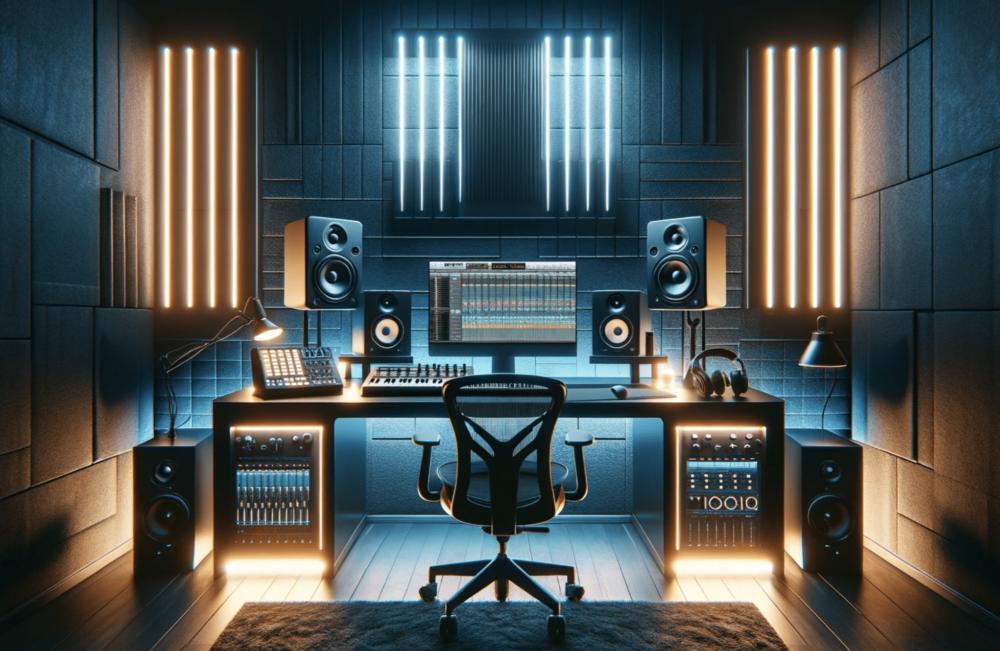
The first step for most bedroom producers is creating the right environment.
You want a space where outside noise is minimal, and where you can focus on your own music production without interruptions.
Consider your room’s acoustics 一 a room that’s too reverberant or, conversely, too dead can affect your perception of the sounds you’re creating, editing, and refining.
Effective use of your room involves understanding its limitations and potential.
Most bedroom producers don’t have the luxury of a large space, so optimizing what you have is key.
This includes:
- Arranging your equipment ergonomically.
- Using acoustic treatments like foam panels to manage sound reflections.
Remember, the goal is to create a comfortable and functional space for your own music creation and production workflow.
Lighting also plays a crucial role in your setup; proper lighting sets the mood and helps you stay focused for long hours.
Soft, ambient lighting is usually the best choice for a home studio.
It’s gentle on the eyes and creates a relaxed atmosphere, ideal for bedroom production.
-
Essential Gear: Audio Interface and Studio Monitors
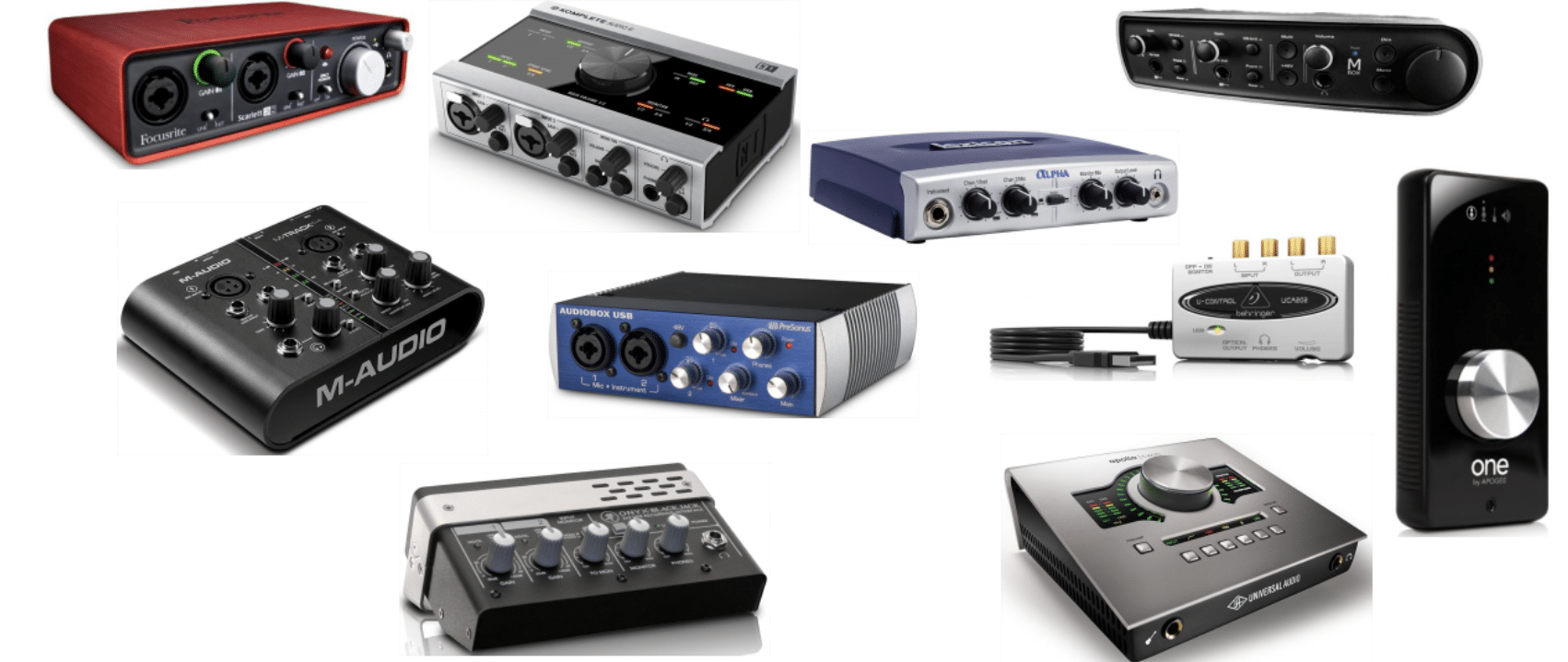
A good audio interface is non-negotiable for any bedroom producer.
An audio interface is the heart of your recording process, connecting your computer, microphones, and instruments.
Look for an interface with:
- High-quality preamps
- Low-latency performance
- Enough inputs and outputs for your needs
The proper and more efficient audio interface is a vital investment for your home studio.
Studio monitors and headphones are equally important; unlike regular speakers, studio monitors provide a flat frequency response for accurate sound reproduction.
As a bedroom producer, you want studio monitors that fit your room’s size.
Oversized monitors in a small room can lead to misleading bass frequencies 一 affecting your mixing decisions.
NOTE: Investing in a pair of quality studio headphones is crucial for detailed audio monitoring, especially when you’re mixing or mastering tracks in your bedroom studio where acoustics might not be ideal.
When selecting professional studio monitors, also consider your room’s acoustics.
Monitors with room correction software can be a great asset in less-than-ideal acoustic environments.
Additionally, investing in monitor stands or isolation pads can significantly improve sound quality by reducing unwanted vibrations.
-
Choosing the Right Digital Audio Workstation (DAW)
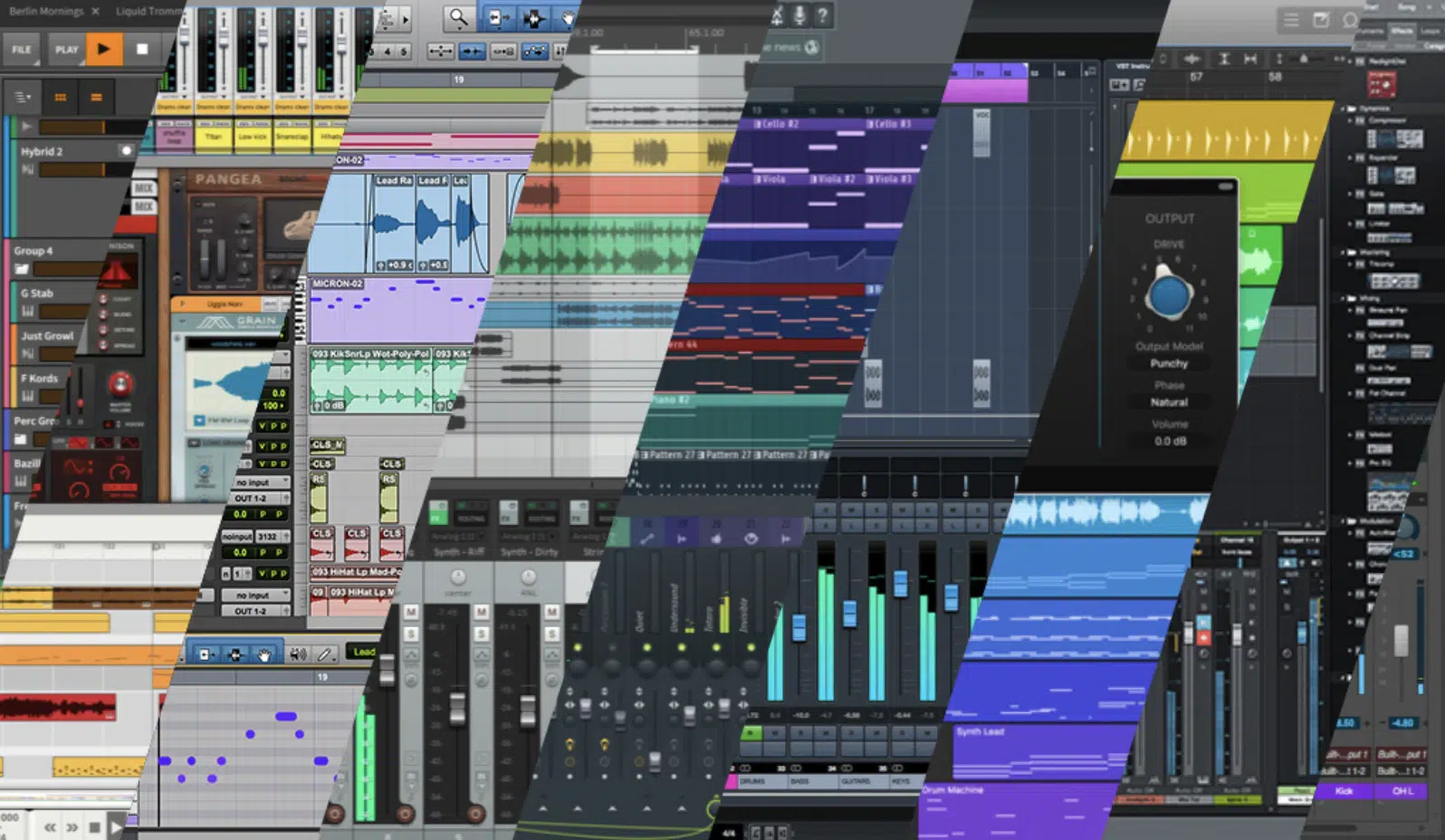
Selecting the ideal Digital Audio Workstation (DAW) is a pivotal decision for every bedroom producer.
It’s the centerpiece of your music production, the tool where you’ll shape your sounds, compose your songs, and refine your tracks.
Whether you’re crafting electronic music, recording acoustic instruments, or blending both, the right DAW can make all the difference.
Look for a DAW that not only fits your own music style but also complements your production workflow.
The choice of DAW will influence your entire music production process, so saying it’s crucial is an understatement.
Different DAWs cater to different aspects of production:
- Some DAWs 一 Are better for complex MIDI sequencing with a MIDI controller/MIDI keyboard.
- Others DAWs一 Excel in audio recording or mixing.
Consider production/recording software like Ableton Live for electronic music, Logic Pro for a comprehensive recording suite, or FL Studio and Cubase Audio for intuitive beat-making.
Always remember that the best DAW is one that feels intuitive and inspires you to create.
-
MIDI Controllers/MIDI Keyboards and Sound Libraries
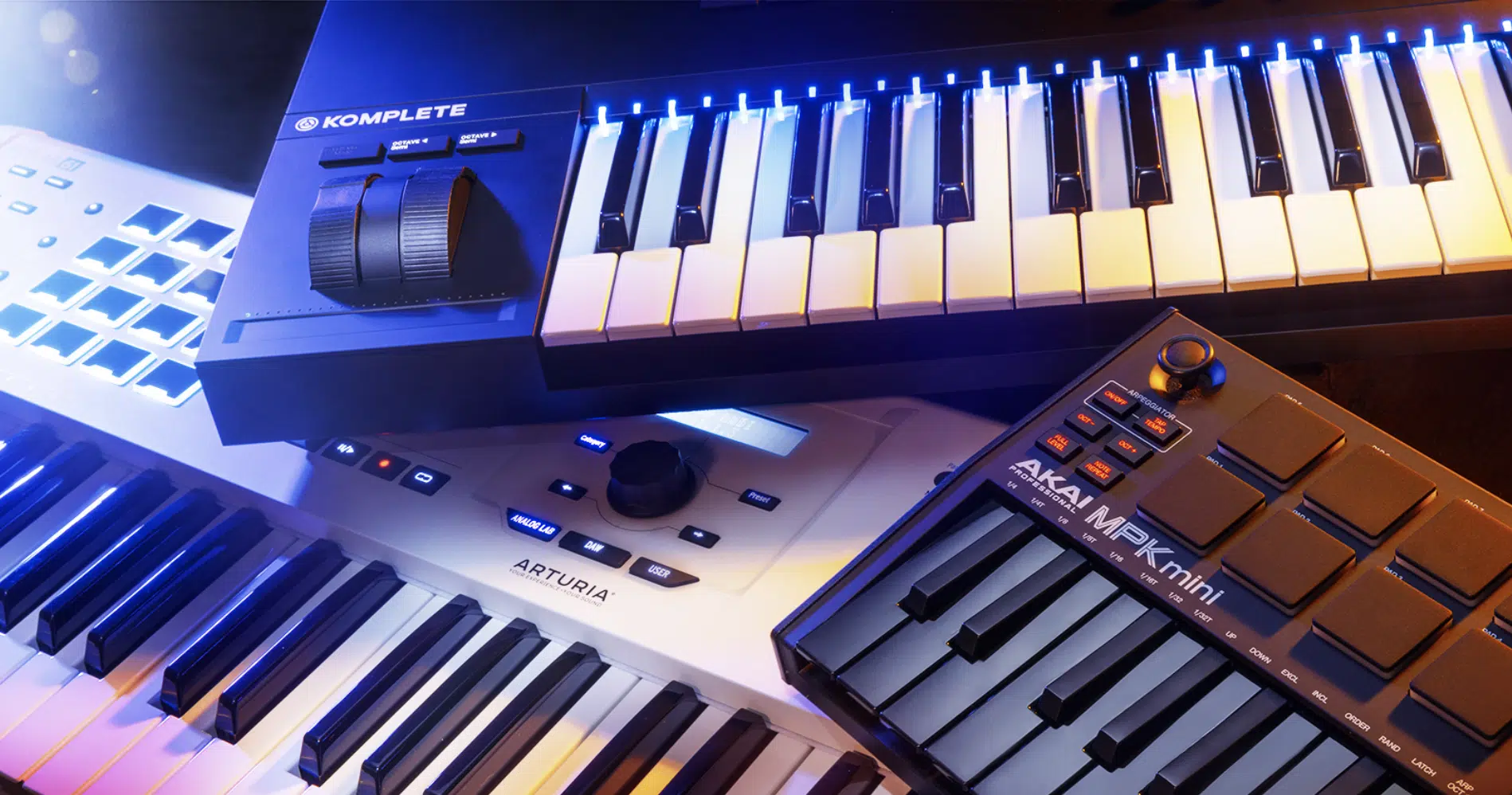
MIDI controllers are essential tools for bedroom producers and audio engineers, especially those involved in electronic music production.
A MIDI controller or MIDI keyboard provides a tactile way to control your DAW and software instruments.
They make the music creation process, especially electronic production, more intuitive.
Choose a MIDI controller/MIDI keyboard that fits your workflow and space, whether it’s a keyboard, drum pad/drum machine, or control surface.
Sound libraries are the building blocks of your tracks.
They provide a wide range of pre-recorded sounds 一 from drum sounds you can play on your drum machine to orchestral samples.
Investing in high-quality sound libraries can greatly enhance your production value, giving you a wide palette to work with.
When building your collection of sound libraries, consider the genres (hip-hop, trap, etc.) you want to explore.
Look for sound libraries that offer a variety of new sounds and are easy to integrate into your DAW.
Remember, the quality of your sound libraries (new sounds) can set your music apart in the crowded field of bedroom producers and audio engineers.
Crafting Your Unique Sound
Delving deeper into the world of bedroom production and home studios, the next steps involve honing your craft and understanding the tools at your disposal. Let’s explore how you can shape and refine your sound to be the most effective bedroom producer out there.
-
Understanding Sound Design and Digital Effects
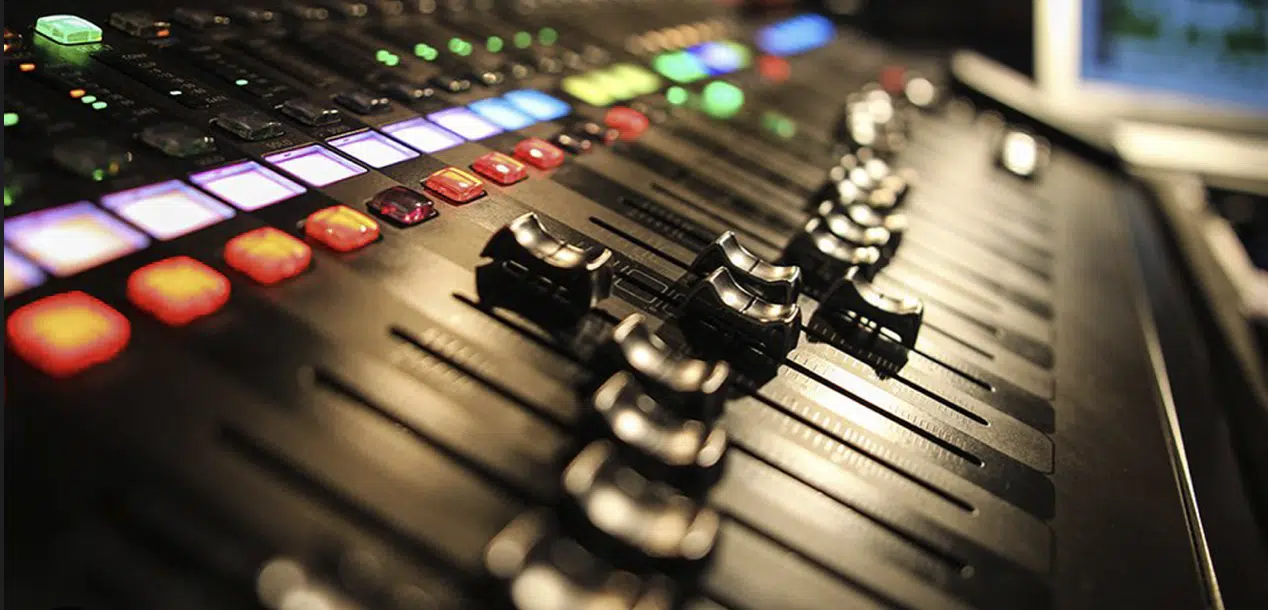
Sound design is a crucial aspect of music production, especially for genres like electronic music.
It involves creating and manipulating sounds to achieve the desired sonic character.
As a bedroom producer, understanding the basics of synthesis and sampling is fundamental to developing your unique sound.
Digital effects play a significant role in shaping your sound.
Certain audio effects can add depth, texture, and dynamics to your tracks, like:
Learning how to use these effects effectively is key to producing professional-sounding music in your home studio.
Experimentation is vital in sound design, so don’t be afraid to try different combinations of synths, samples, and effects.
This sound exploration not only enhances your production skills but also helps you discover unique sounds that can help your track stand out.
Remember, innovative sound design can be a game-changer for bedroom producers.
-
The Role of Software and Sound in Music Production
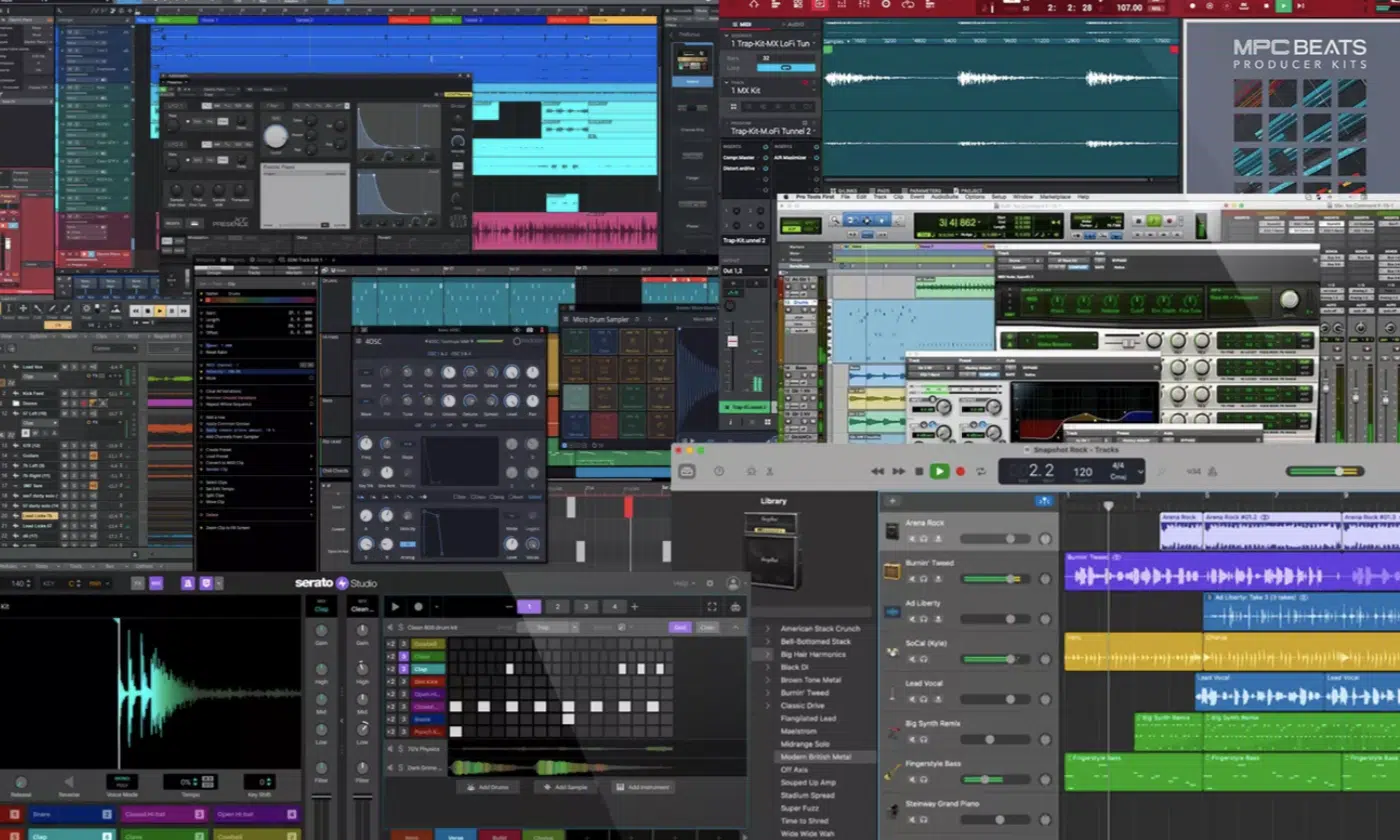
In the realm of bedroom production, music production software (free/paid) is your most powerful ally.
Music production software is the bridge between your creative ideas and the finished product.
The right music software can elevate your sound, providing a variety of textures and tones to explore and experiment with.
From DAW software to plugins and virtual instruments, each component plays a critical role in defining the sound of your tracks.
The interplay of software and sound is crucial in shaping your musical identity.
High-quality plugins can emulate the nuances of analog gear 一 adding warmth and depth to digital audio.
Virtual instruments open up a world of sounds, from realistic drum sounds to ethereal synths.
This gives bedroom producers like yourself access to sounds that were once the domain of professional studios.
Music software (free/paid) also plays a pivotal role in the recording process.
Utilizing DAWs, music producers can manipulate and arrange their recordings with precision, bringing their vision to life.
The software’s ability to edit, mix, and master tracks is essential for producing polished and professional music right from your home studio.
-
Recording Techniques for Bedroom Producers
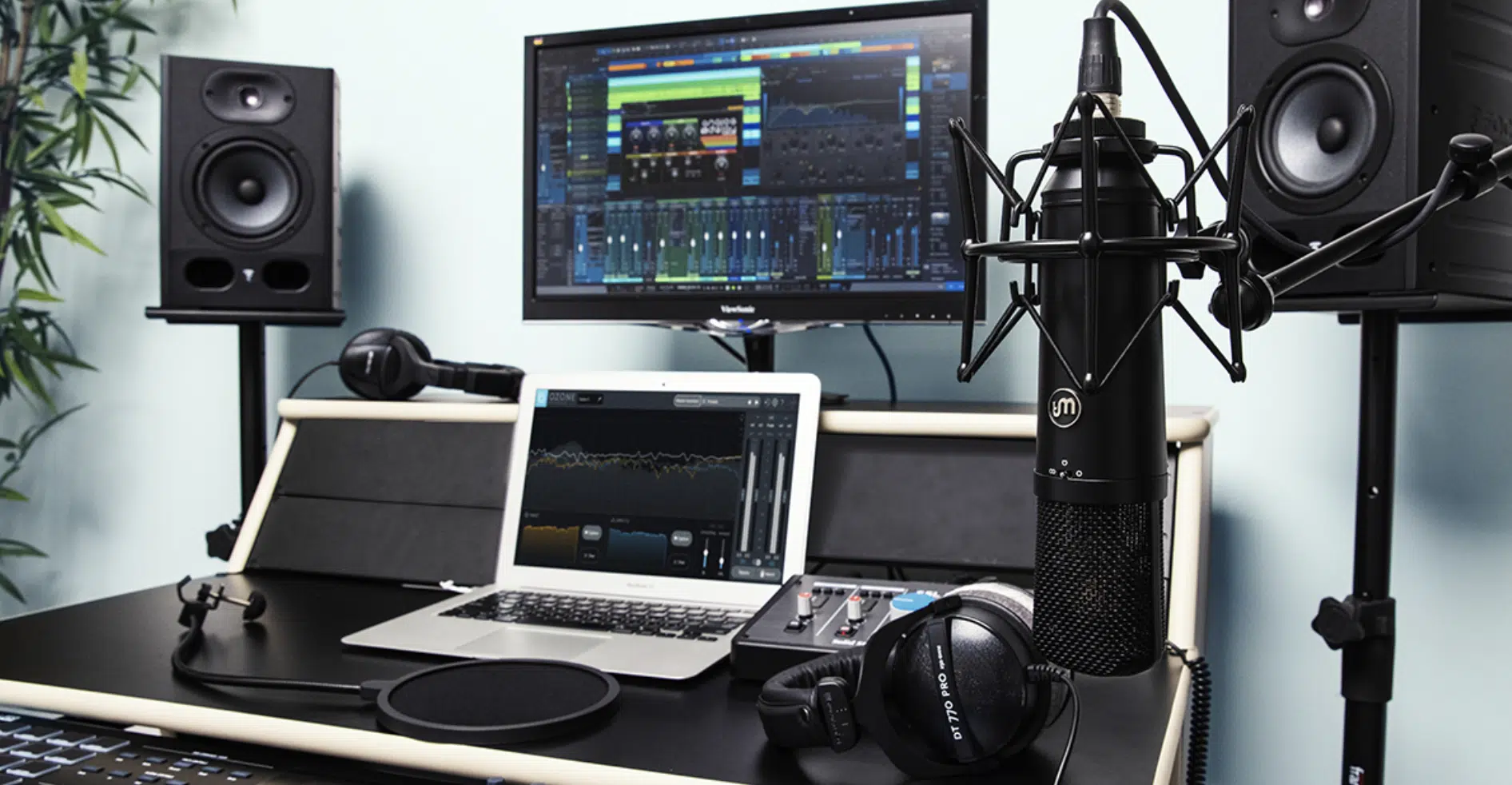
For bedroom producers, mastering the recording process is essential in translating their creative visions into brilliant audio.
It’s not just about having the right equipment, but also about understanding how to use it effectively.
Whether you have a full hardware recording environment or are mostly digital, these production tips are super important.
Techniques like proper microphone placement and understanding the nuances of your room’s acoustics are vital.
Even with a modest setup, employing these techniques can capture high-quality sounds, crucial for creating music in your own home studio.
The key to successful recording in a bedroom environment often lies in optimizing what you have.
Simple adjustments can have a significant impact, such as:
- Strategic microphone positioning to minimize room reflections
- Using pop filters for vocal clarity
Soundproofing methods, like installing acoustic foam or using heavy curtains, can also enhance the quality of your recordings.
It ensures that each song is as clear and crisp as possible (quality control).
Additionally, integrating various digital audio technologies can elevate your recording capabilities.
Utilizing an efficient audio interface is a game-changer for bedroom producers 一 offering clearer sound capture and enhanced input quality discovered forever ago.
Experimenting hands-on with different recording techniques (like layering multiple takes or exploring the stereo field with varied microphone setups) can also add depth and richness to your tracks.
Remember, the goal is to leverage both traditional recording methods and modern music technology to achieve professional results in your traditional studio/basic setup.
-
Mixing and Mastering in a Home Studio
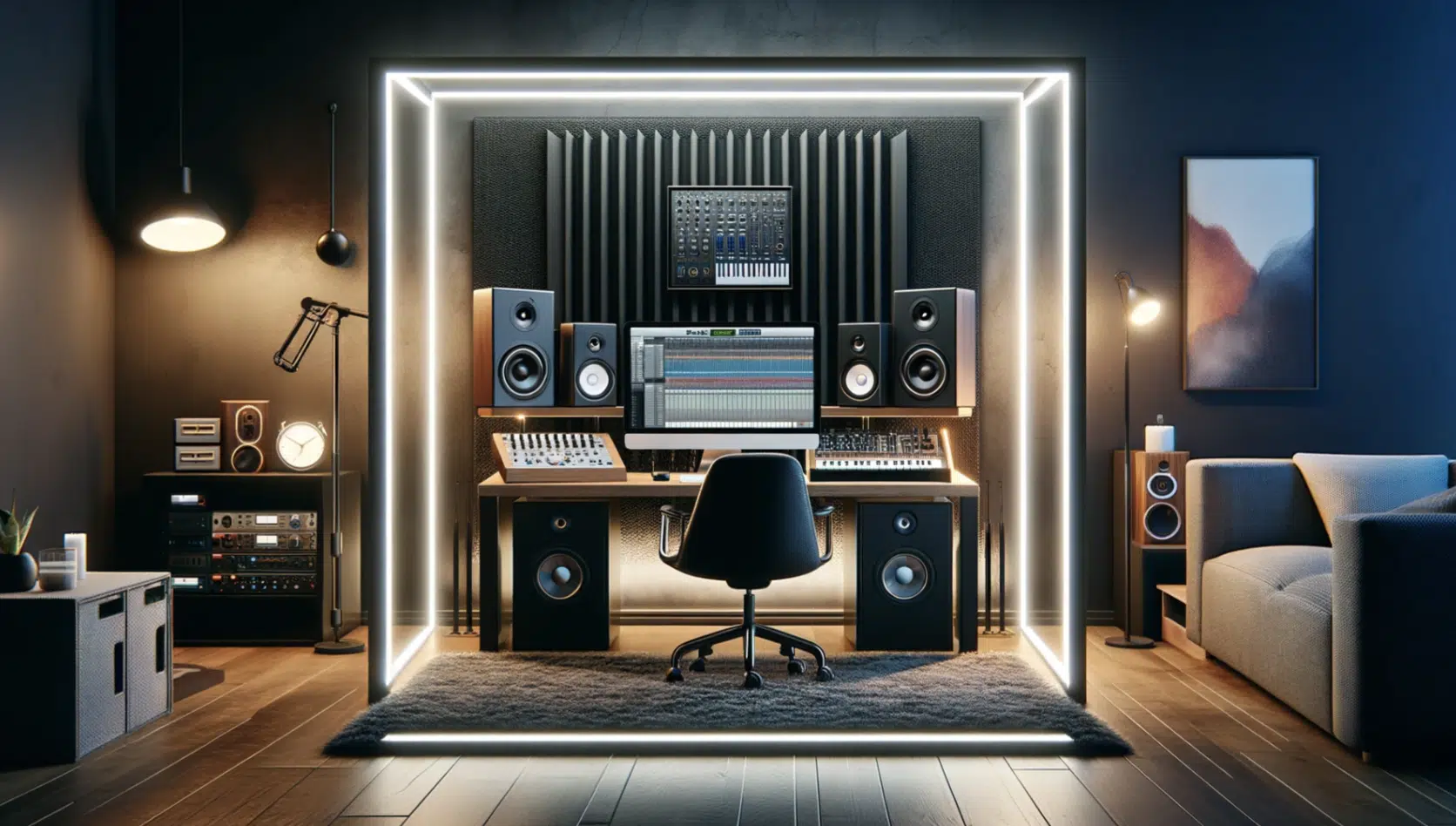
After you record your song, mixing and mastering are the final steps in the production process, and they’re crucial if you want to create a polished sound and professional song.
In a home studio, mixing involves:
- Balancing levels
- EQing tracks
- Applying audio effects
They help you create a cohesive sound and make your music sound professional.
Mastering your song in a bedroom studio can be challenging but not impossible with the right computer, software (free/paid), and headphones.
When it comes to mastering, it’s all about fine-tuning your mix, ensuring consistency across various playback systems, and meeting industry standards.
Utilizing good quality studio monitors and reference tracks can help you achieve a balanced master.
And yes, there are more options than you think available for home studios.
The Creative Process: Breaking it Down
The journey of a bedroom producer is not just about gear and technical skills; it’s also about creativity and expression. Let’s dive into the creative aspects of music production.
-
Techniques for Creating Music and Recording Tracks
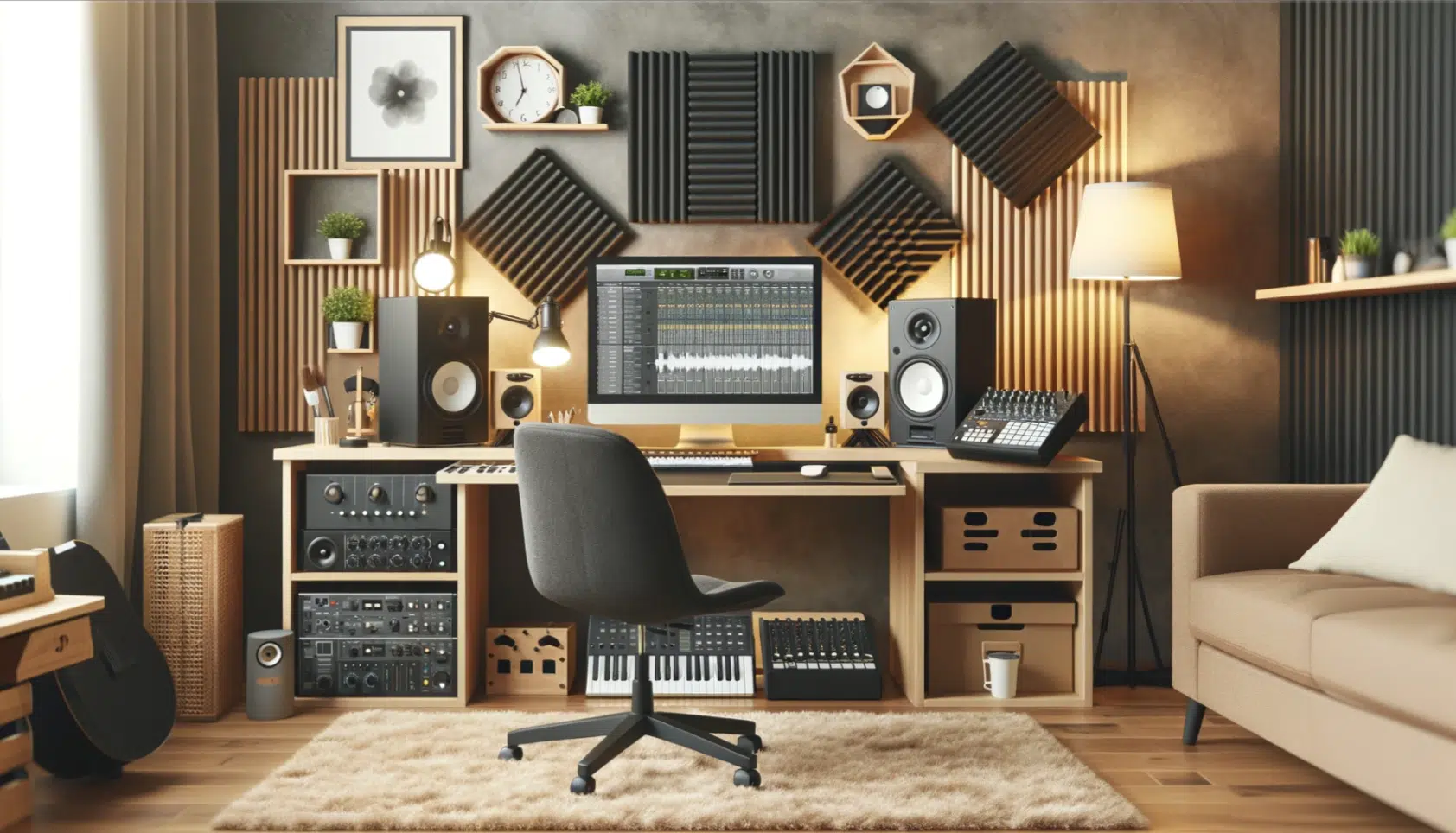
Since the early days, creating music in a bedroom studio has been all about harnessing your creativity and turning ideas into tracks.
Start by setting a clear structure for your songs.
Whether it’s a simple verse-chorus form or something more complex, having a framework helps in the arrangement process.
Experimentation is key in the creative process, so try out different:
As traditional producers, don’t be afraid to blend genres (like hip-hop) or incorporate unconventional sounds.
The beauty of being a bedroom producer is the freedom to listen, explore, and create without boundaries.
-
Electronic Music and Acoustic Instruments
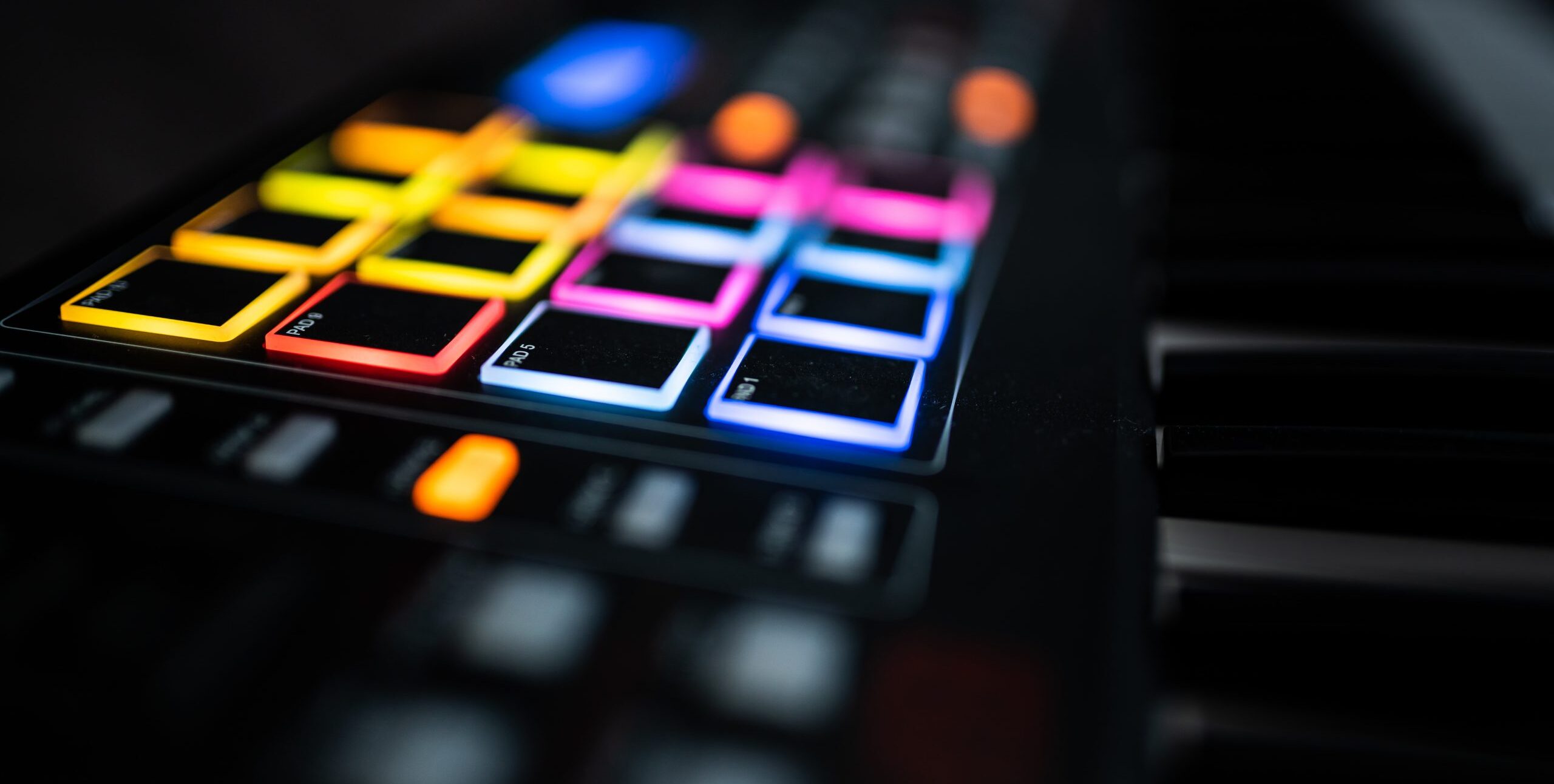
A unique aspect of modern music production is the blend of electronic and acoustic elements.
This fusion can add depth and texture to your tracks, like the best music producers out there.
As a bedroom producer, learning to record and integrate acoustic instruments into your electronic compositions can set your music apart.
When incorporating acoustic elements, consider how they interact with electronic sounds.
Balancing these elements requires a good ear for detail and an understanding of sound layering and space within a mix.
Advanced Bedroom Production Tips
To elevate your music to the next level, it’s important to delve into advanced techniques and concepts. Here’s what you need to know to refine your skills further.
-
Using Digital Audio Workstations to Their Full Potential
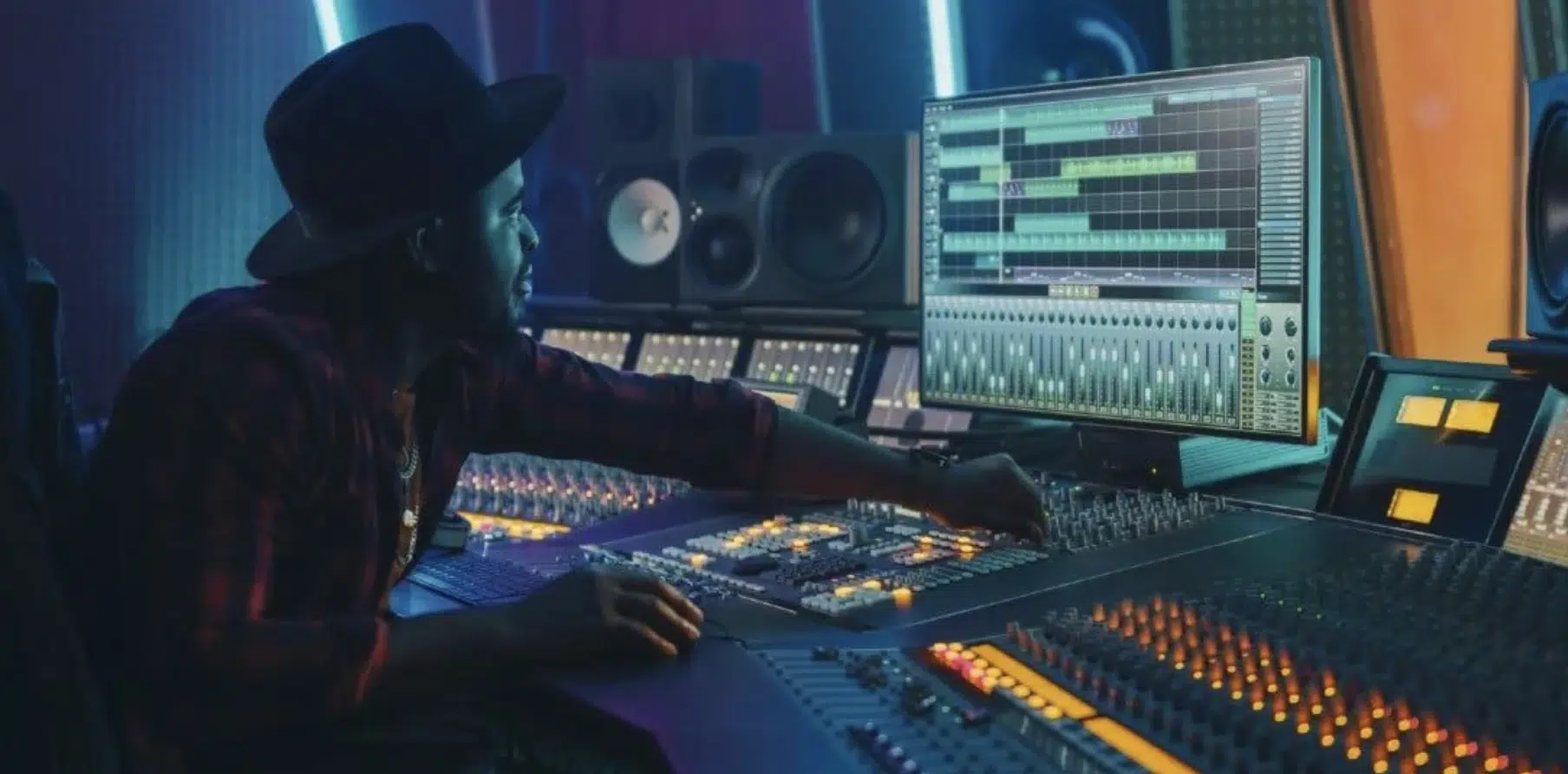
To maximize the potential of your Digital Audio Workstation (DAW), it’s essential to delve deep into its features.
Most DAWs today are packed with advanced tools that can enhance your music production.
As traditional producers, you need to learn about different:
- Plugins
- Automation features
- Shortcuts available in your DAW
This knowledge not only streamlines your workflow and helps you create professional music, but also opens up new creative possibilities.
Customizing your DAW to fit your unique workflow is another key step.
Set up templates for different types of projects, organize your sample libraries for easy access, and learn key commands to speed up your process.
Remember, the more efficiently you can navigate your DAW, the more time you can spend on the creative aspects of music production.
-
Advanced Mixing and Mastering Techniques
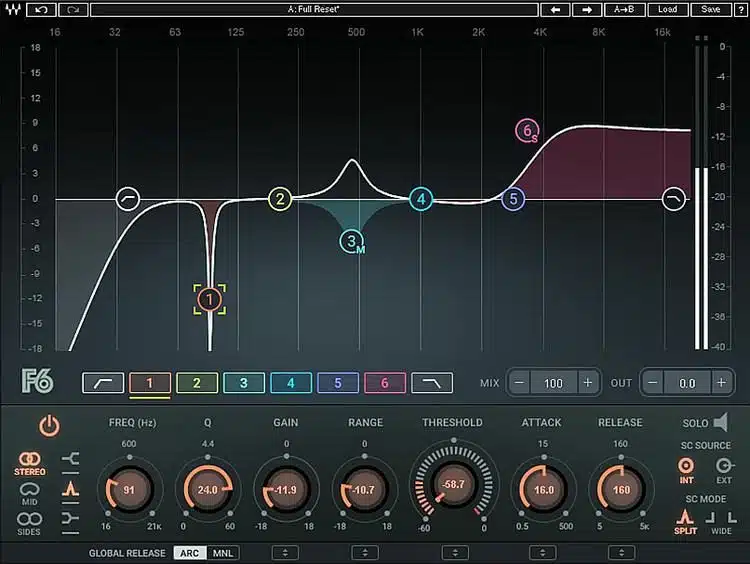
Advanced mixing techniques can significantly improve the quality of your tracks.
Explore techniques like sidechain compression, mid-side EQ, and advanced panning.
This will help you add depth and clarity to your mixes.
Understanding how to use these techniques effectively in your track can make a big difference in the final output of your music.
Mastering is the final polish of your song and requires a critical ear and sufficient headphones.
Learn about mastering techniques like:
Using reference tracks can be incredibly helpful to compare your work against professionally mastered tracks and achieve a commercial-quality sound.
-
Preparing Your Music for the Recording Industry
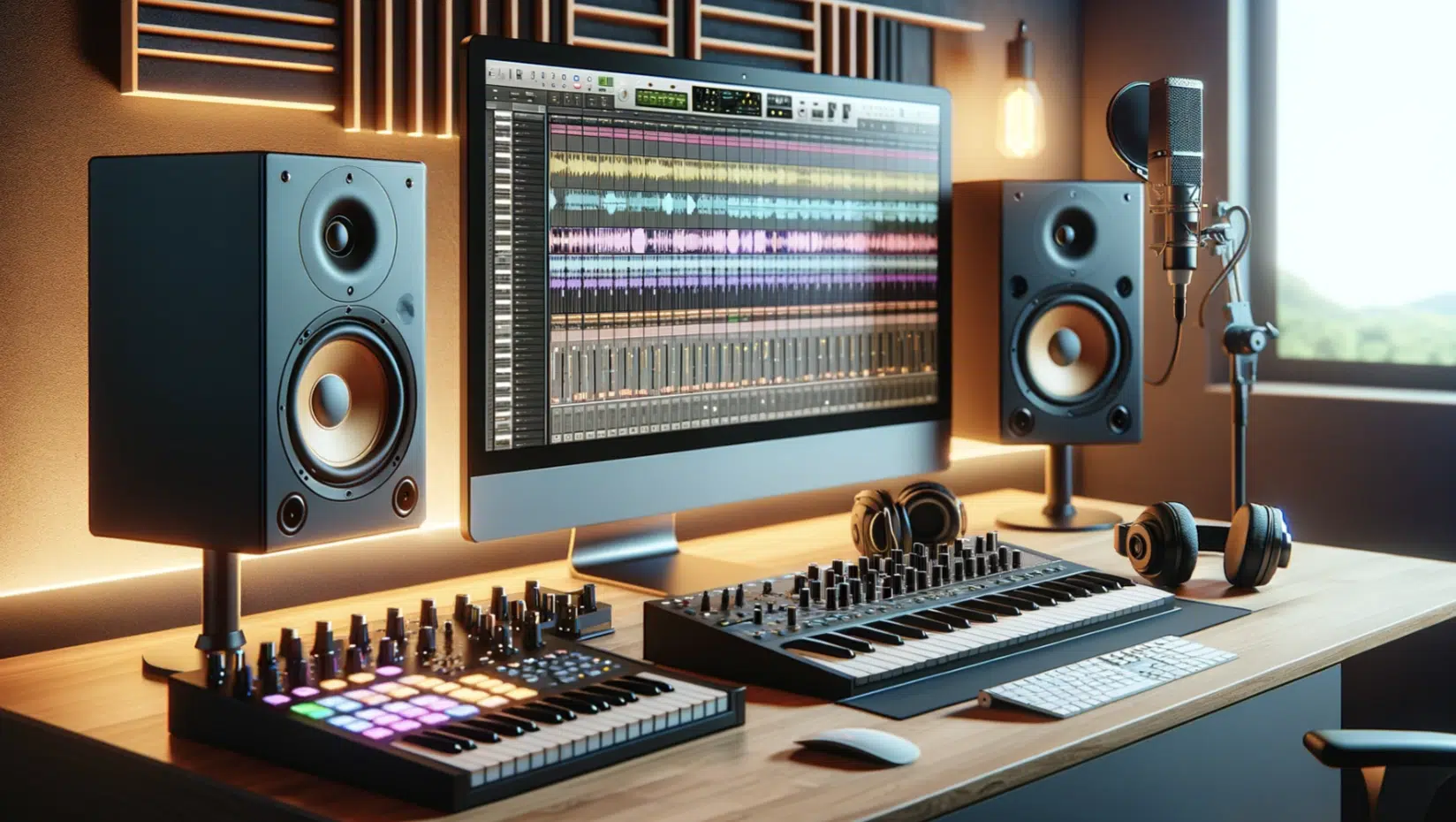
As a bedroom producer, preparing your music for the recording industry is a critical step in your music production career.
This involves not just creating compelling music but also ensuring your tracks are:
- Professionally mixed and mastered
- Correctly formatted
- Adhering to industry standards
These steps are crucial for making your music stand out in a competitive market and get noticed in record time.
As music producers and musicians, you’ll have to familiarize yourself with the requirements of record label preferences and distribution platforms.
Each may have specific standards for audio quality, file formats, and even artistic style.
Tailoring your submissions to these requirements increases your chances of success.
As you navigate the recording industry, remember that your unique sound and creative vision are your greatest assets when you create a track.
Bonus: Utilizing Platforms for Exposure
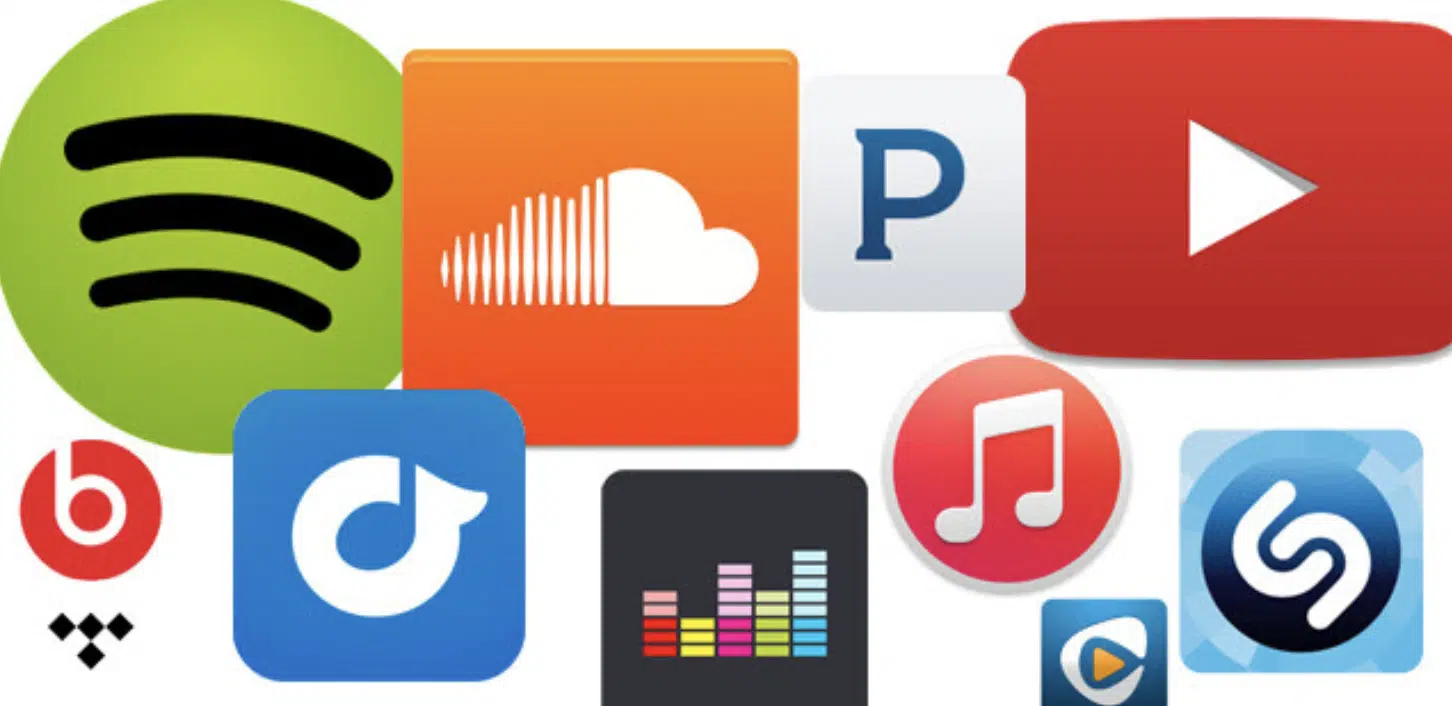
Platforms like YouTube, SoundCloud, Spotify, etc. offer a great opportunity for most bedroom producers and musicians to showcase their work.
Creating content like music videos, production tutorials, or behind-the-scenes footage can attract an audience and increase your visibility in the music world.
Engaging with your audience on YouTube can also provide valuable feedback and help you build a community around your music.
As producers, remember to be consistent with your content, interact with viewers through comments on YouTube and other platforms, and share your musical journey and achievements.
Bedroom Producers: Final Thoughts
The world of bedroom producers is vibrant and full of potential.
Bedroom producers like you have the unique ability to transform a simple space into a powerhouse of creativity.
With the right tools, techniques, and knowledge, bedroom producers can craft sounds that resonate with audiences worldwide.
The journey of bedroom producers is not just about making music 一 it’s about expressing oneself and connecting with others through the universal language of sound.
To further support the aspirations of bedroom producers, we’re excited to offer the Free Project Files pack.
This pack is a treasure trove for bedroom producers, featuring 3 expertly crafted project files.
Each file is available in formats compatible with popular DAWs like Ableton, FL Studio, and Logic Pro, ensuring that bedroom producers from all backgrounds can benefit.
These aren’t just any project files…
They are the culmination of expert sound design and production, meticulously crafted to inspire and educate bedroom producers.
For bedroom producers eager to dive deeper and refine their craft, these project files are invaluable.
They’re polished, perfectly processed, and created by seasoned professionals in the field.
You’ll get an insider’s look into high-quality production techniques, learning from the best in the business.
Remember that being a bedroom producer is about exploration, learning, and growth.
Use the resources and tips shared in this article to elevate your music production journey; embrace them, create with heart, and let your music speak for you.
Until next time…







Leave a Reply
You must belogged in to post a comment.